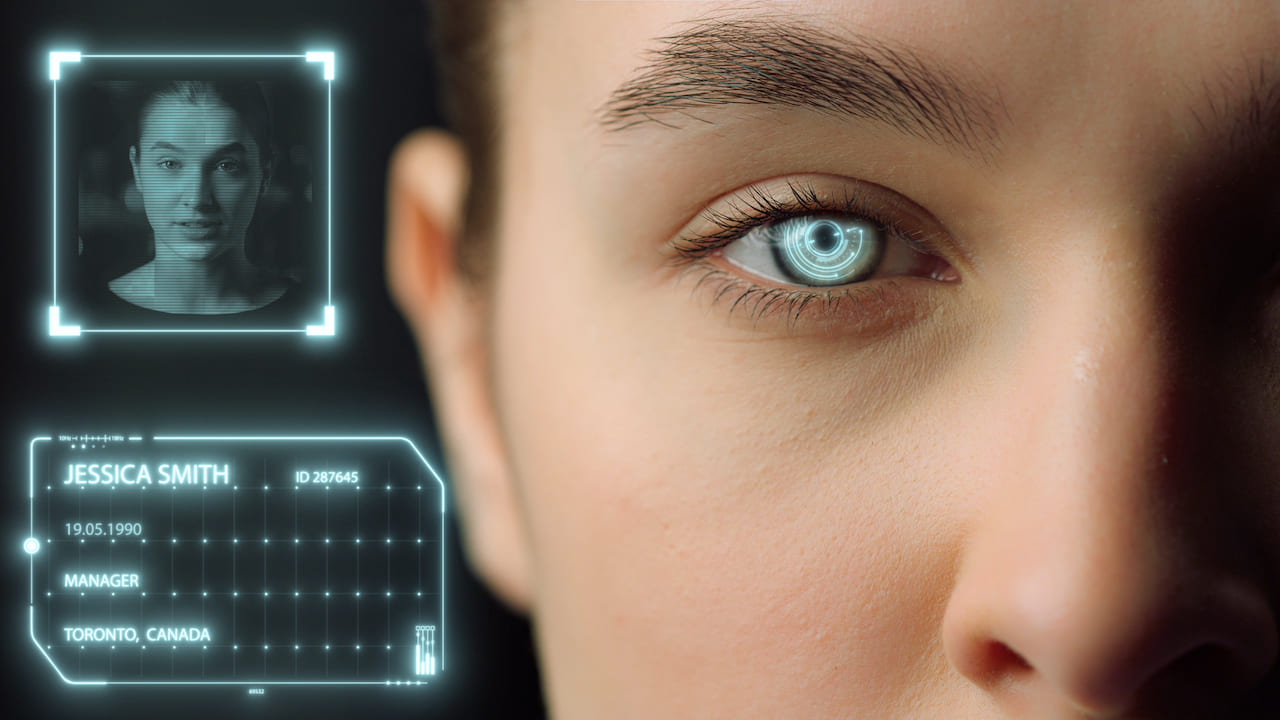It is the news that, at an almost frenetic pace, answers our theoretical doubts on which and how many areas of application generative artificial intelligence can have.
And above all, it is the news that indirectly answers the question: is AI good or bad? And precisely the disparity in the answers shows how what is important, as with every tool, is the use made of it.
We recently read how ChatGPT was able to provide an accurate medical diagnosis where 17 doctors had failed.
But there is also the flip side of the coin. If we focus on generative AI that produces images, we enter dangerous territory: that of deepfake. Some Spanish students know this well, having seen their manipulated images produced by artificial intelligence published online.
Let’s find out what happened.

Deepfake: photos of Spanish students online
It happened in Almendralejo, a town of 30,000 inhabitants in south-west Spain. A group of very young boys, between 12 and 14 years old, are suspected of having used the deepfake against around twenty students between 11 and 17who attend three schools in the town.
Starting from photos of the girls, and manipulating them with artificial intelligence, the young accused created realistic nudes. Which they then spread to their contacts on WhatsApp and Telegram.
The case hit the international headlines because a gynecologist from Almendralejo, with tens of thousands of followers on Instagram and TikTok, told the story in a video.
The investigations
The deepfake material against Spanish students has, naturally, reached a large number of young people in a short time, and also reached the ears, and hands, of the targeted young people themselves. Who told the parents what happened, who immediately filed a complaint.
The suspects, we were saying, are very young. But among them, those who have reached the age of 14 (minimum age, even in Spain, to be attributable) could also risk prosecution for dissemination of child pornography material.
The investigations are involving 10 students: 3 of them would have produced the manipulated images, while the other 7 would have only spread them.
It is unknown whether, in addition to being circulated in chat, the deepfake photos of the Spanish students were also published online. We certainly know that, once content circulates online, it is extremely complicated to remove it completely.
Meanwhile, investigators are also investigating another aspect of the matter. One of the girls would have found out about the diffusion of the photos after having suffered an extortion attempt: Someone allegedly asked her for money not to publish her AI-manipulated images on the Internet.
Previous
The deepfake against Spanish students is only the latest case of image manipulation that has had some resonance.
Let’s leave aside the scoops from some time ago, for which we could see Trump imprisoned or Pope Francis wearing a trendy down jacket.
There have also been far less innocent operations. Like the one which, similarly to what happened in Almendralejo, had Scarlett Johansson and Emma Watson as unwitting victims. And already then, last March, we were wondering if these weren’t the first signs of possible digital violence.
Then there is the most recent alarm, which we reported in an article, launched by the FBI. That of the growth of the phenomenon of the so-called “sextortion”, sexual extortion, which – as we have written – is precisely what happened to one of the students of the Spanish town. Nude images or videos are created with deepfakes, and money is asked for not publishing the material online.
How to defend yourself?
Despite the spread of the phenomenon, and its gravity, it seems unlikely to adopt a censorious attitude: it is necessary education in correct and respectful use of the internet, a literacy that is not only technical but also ethical. Which should be implemented on every social and demographic segment of the population. And this would be the indispensable form of protection for potential deepfake spreaders.















Leave a Reply
View Comments